If you’re driving and suddenly notice all of the dashboard lights turn on, it can be a bit alarming.
You may wonder if your car is about to break down or if there’s a serious problem that needs immediate attention.
While it’s always a good idea to take any unusual behavior from your car seriously, there are a few things to keep in mind when all of the dashboard lights come on at once.
First, it’s important to understand that the dashboard lights are designed to alert you to potential problems with your car.
They’re not just there for decoration.
When all of the lights come on at once, it’s usually an indication that there’s a problem with the car’s electrical system.
This can be caused by a number of different issues, ranging from a dead battery to a faulty alternator.
Understanding Dashboard Warning Lights
Indicator Lights Overview
When you start your car, you may notice several dashboard warning lights illuminate briefly before turning off.
These are called indicator lights, and they are designed to alert you to potential issues with your vehicle.
Understanding what these lights mean can help you take action before a small problem turns into a major repair.
Most cars have a variety of indicator lights, including those that indicate low fuel, low oil pressure, and issues with the battery or charging system.
Additionally, modern cars may have warning lights for features such as lane departure warning, blind spot monitoring, and collision avoidance systems.
Common Warning Symbols
While there are many different warning symbols that may appear on your dashboard, some of the most common include:
-
Check engine light: This light indicates an issue with your vehicle’s engine or emissions system.
It could be something as simple as a loose gas cap or as serious as a malfunctioning catalytic converter.
-
Battery warning light: This light indicates an issue with your car’s charging system.
It could be caused by a bad alternator, a dead battery, or a loose or corroded connection.
-
Oil pressure warning light: This light indicates that your car’s oil pressure is low.
This could be due to a leak, a faulty oil pump, or low oil levels.
-
Brake warning light: This light indicates a problem with your car’s braking system.
It could be due to worn brake pads, a leak in the brake lines, or a malfunctioning brake system component.
-
Tire pressure warning light: This light indicates that one or more of your car’s tires has low air pressure.
This could be due to a puncture, a leak, or simply normal wear and tear.
By understanding what these warning symbols mean, you can take action to address any issues with your vehicle before they become more serious.
If you’re not sure what a particular symbol means, consult your car’s owner’s manual or take your car to a qualified mechanic for diagnosis and repair.
Immediate Actions Required
If you see all dashboard lights on, you should act immediately.
The following subsections detail the three most critical warning lights and the actions you should take.
Engine Warning Light
The engine warning light indicates a problem with your vehicle’s engine.
This light can indicate low oil pressure, overheating, or other serious issues. If you see the engine warning light, you should:
- Pull over and turn off the engine immediately.
- Check the engine oil level and coolant level.
- Call a mechanic or tow truck for assistance.
Do not attempt to drive your vehicle with the engine warning light on.
Brake System Alert
The brake system alert light indicates a problem with your vehicle’s braking system.
This light can indicate low brake fluid, worn brake pads, or other issues. If you see the brake system alert light, you should:
- Stop the vehicle as soon as it is safe to do so.
- Check the brake fluid level and inspect the brake pads.
- Call a mechanic or tow truck for assistance.
Do not attempt to drive your vehicle with the brake system alert light on.
Oil Pressure Warning
The oil pressure warning light indicates low oil pressure in the engine.
Low oil pressure can cause severe engine damage if not addressed promptly. If you see the oil pressure warning light, you should:
- Stop the vehicle as soon as it is safe to do so.
- Check the engine oil level.
- Call a mechanic or tow truck for assistance.
Do not attempt to drive your vehicle with the oil pressure warning light on.
Do Dashboard Gauges Help in Understanding Dashboard Lights?
Understanding dashboard lights is crucial for drivers. With the ultimate dashboard gauge mastery, one can easily interpret what each light means and take appropriate action. Dashboard gauges work in conjunction with lights to provide a comprehensive understanding of the vehicle’s systems, enabling safe and efficient driving.
Investigating the Cause
If all the dashboard lights are on, it’s important to investigate the cause as soon as possible.
Ignoring the issue could lead to serious problems with your vehicle.
Here are a few things you can do to investigate the cause of the problem:
Electrical System Check
The first thing you should do is check the electrical system of your vehicle.
Make sure that all the connections are secure and the battery is in good condition. Check the alternator and starter motor as well.
If you find any loose connections, tighten them immediately.
You can use a multimeter to check the voltage of the battery and alternator.
Fault Codes and Diagnostics
If you’re unable to find any issues with the electrical system, it’s time to check the fault codes and run diagnostics on your vehicle.
Most modern cars have an onboard diagnostic system that can help you identify the problem.
You can use a code scanner to read the fault codes and diagnose the issue.
Once you have identified the problem, you can take the necessary steps to fix it.
In conclusion, investigating the cause of all dashboard lights being on is crucial.
By checking the electrical system and running diagnostics, you can identify the problem and take the necessary steps to fix it.
Maintenance and Prevention
Regular maintenance and proactive component checks are essential for preventing dashboard lights from coming on unexpectedly.
By following a few simple steps, you can keep your vehicle running smoothly and avoid costly repairs.
Regular Service Intervals
One of the best ways to prevent dashboard lights from coming on is to keep up with your vehicle’s regular service intervals.
This includes oil changes, tire rotations, and other routine maintenance tasks.
By following the manufacturer’s recommended service schedule, you can ensure that your vehicle is running at peak performance and catch any potential problems before they become major issues.
Proactive Component Checks
In addition to regular maintenance, it’s also important to perform proactive component checks on your vehicle.
This includes checking the battery, brakes, and other critical systems to make sure they are functioning properly.
By catching potential problems early, you can avoid costly repairs down the road and keep your vehicle running smoothly.
To keep your vehicle in top shape, consider creating a maintenance schedule and sticking to it.
This can help you stay on top of routine maintenance tasks and catch potential problems before they become major issues.
By taking a proactive approach to vehicle maintenance, you can keep your dashboard lights off and enjoy a more reliable, efficient vehicle.
Professional Assistance and Repairs
If you have tried all the troubleshooting steps and the dashboard lights are still on, it may be time to seek professional assistance.
A mechanic will have the necessary tools and expertise to diagnose and fix the issue.
When to Visit a Mechanic
If you notice any of the following issues, it is recommended that you visit a mechanic as soon as possible:
- The check engine light is on and flashing
- The oil pressure light is on
- The battery light is on
- The temperature gauge is in the red zone
- The brake light is on
- The airbag light is on
These issues could indicate a serious problem with your vehicle that requires immediate attention.
Costs and Considerations
The cost of repairs will depend on the specific issue and the make and model of your vehicle.
It is important to get a quote from the mechanic before agreeing to any repairs.
When choosing a mechanic, it is important to consider their qualifications and experience.
Look for a mechanic who is certified by the National Institute for Automotive Service Excellence (ASE) and has experience working with your specific make and model of vehicle.
In conclusion, if you have tried all the troubleshooting steps and the dashboard lights are still on, it is best to seek professional assistance.
A mechanic can diagnose and fix the issue, ensuring the safety and reliability of your vehicle.
As an Amazon Associate we earn from qualifying purchases.








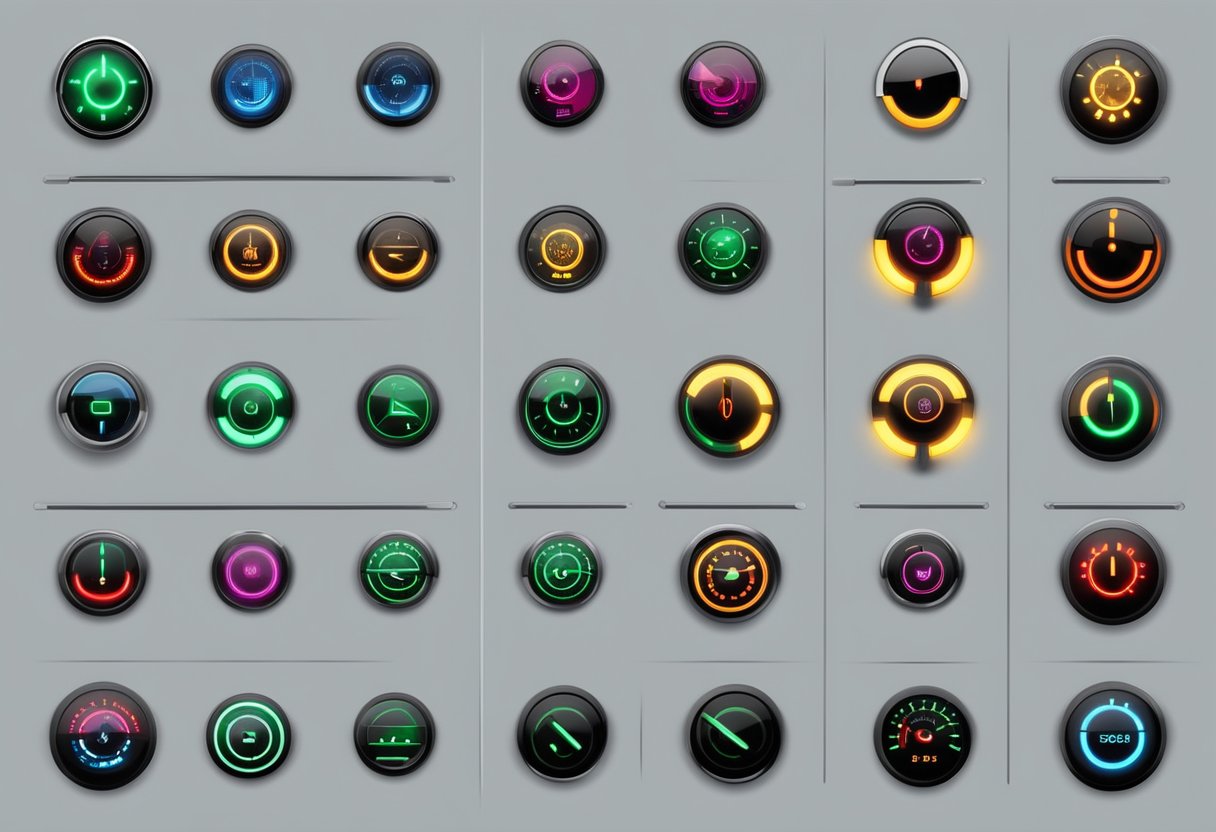
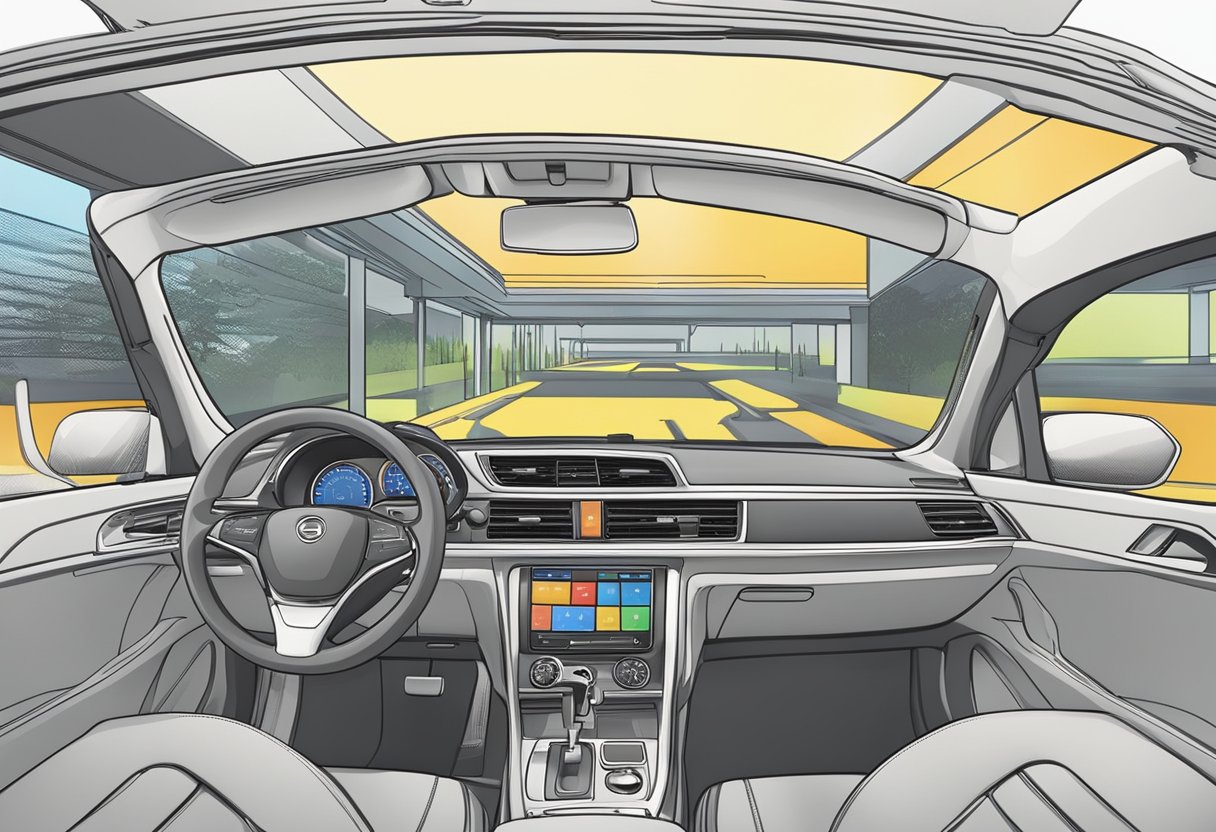
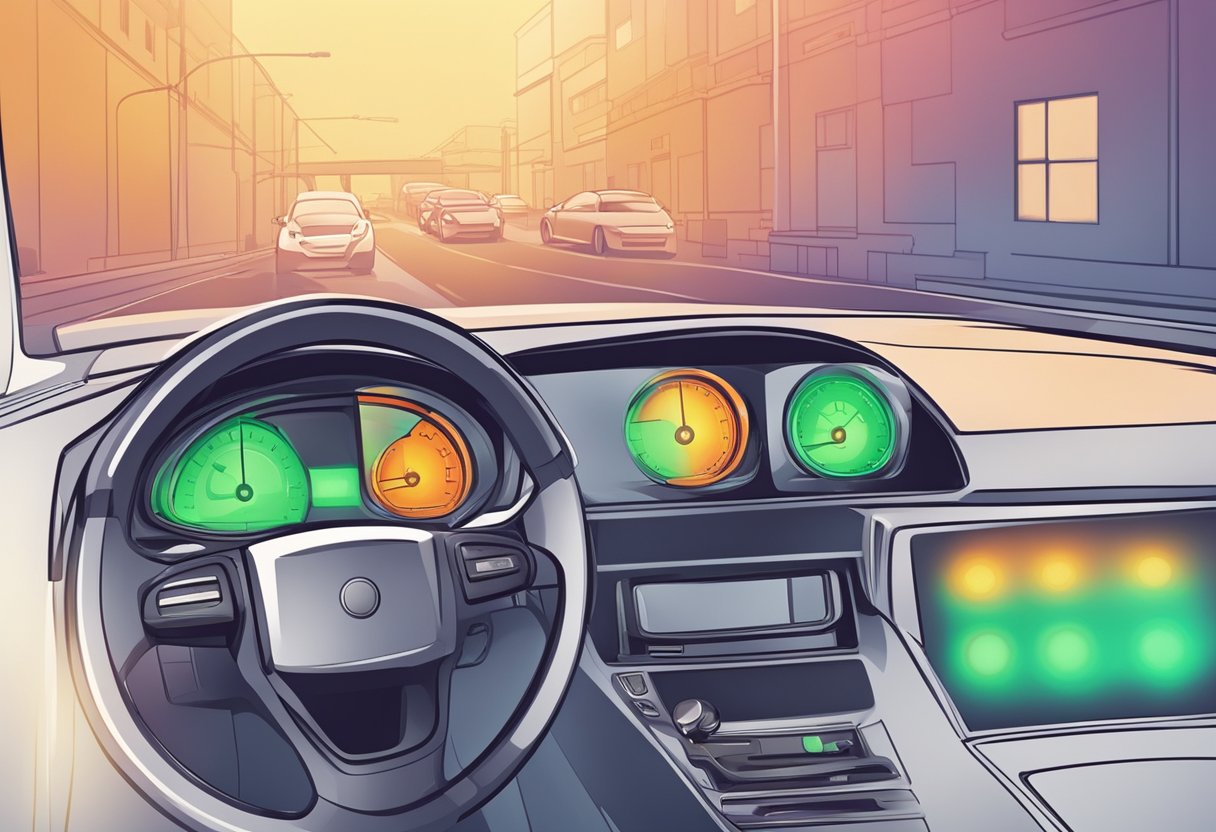
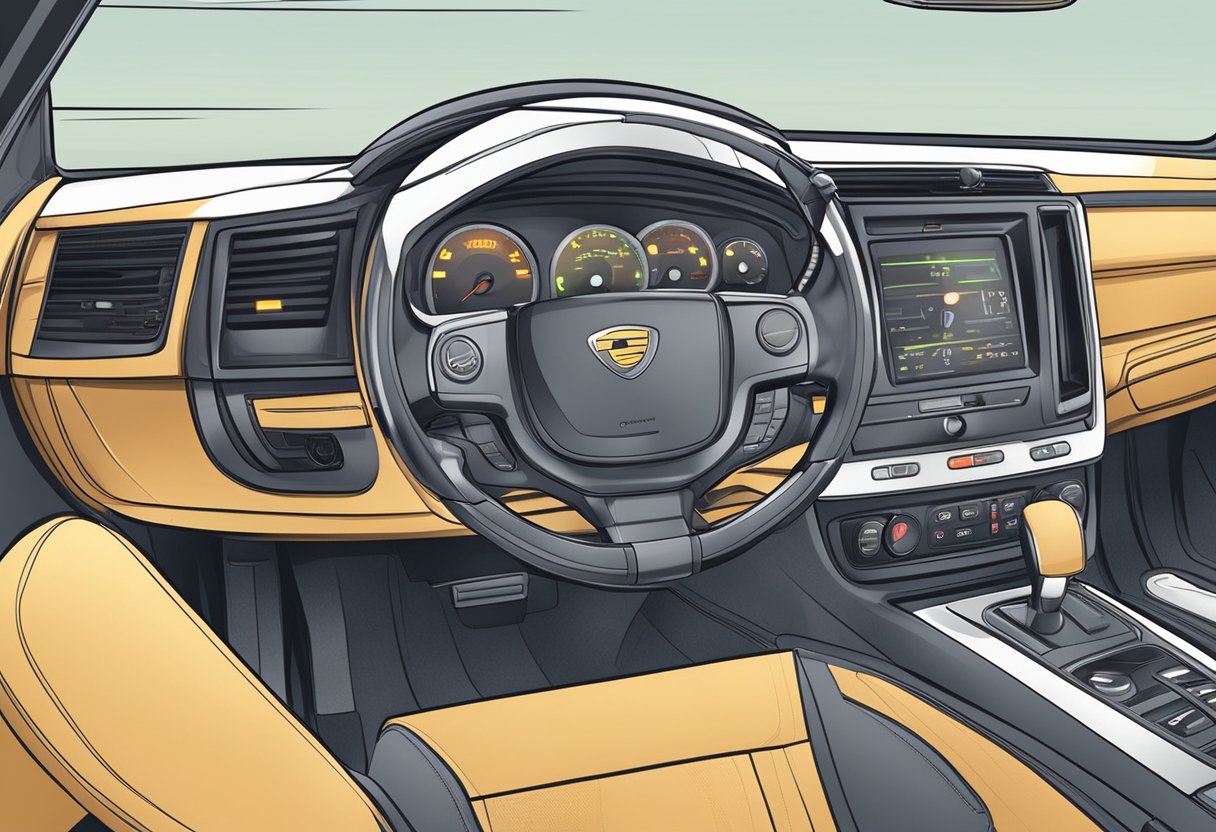
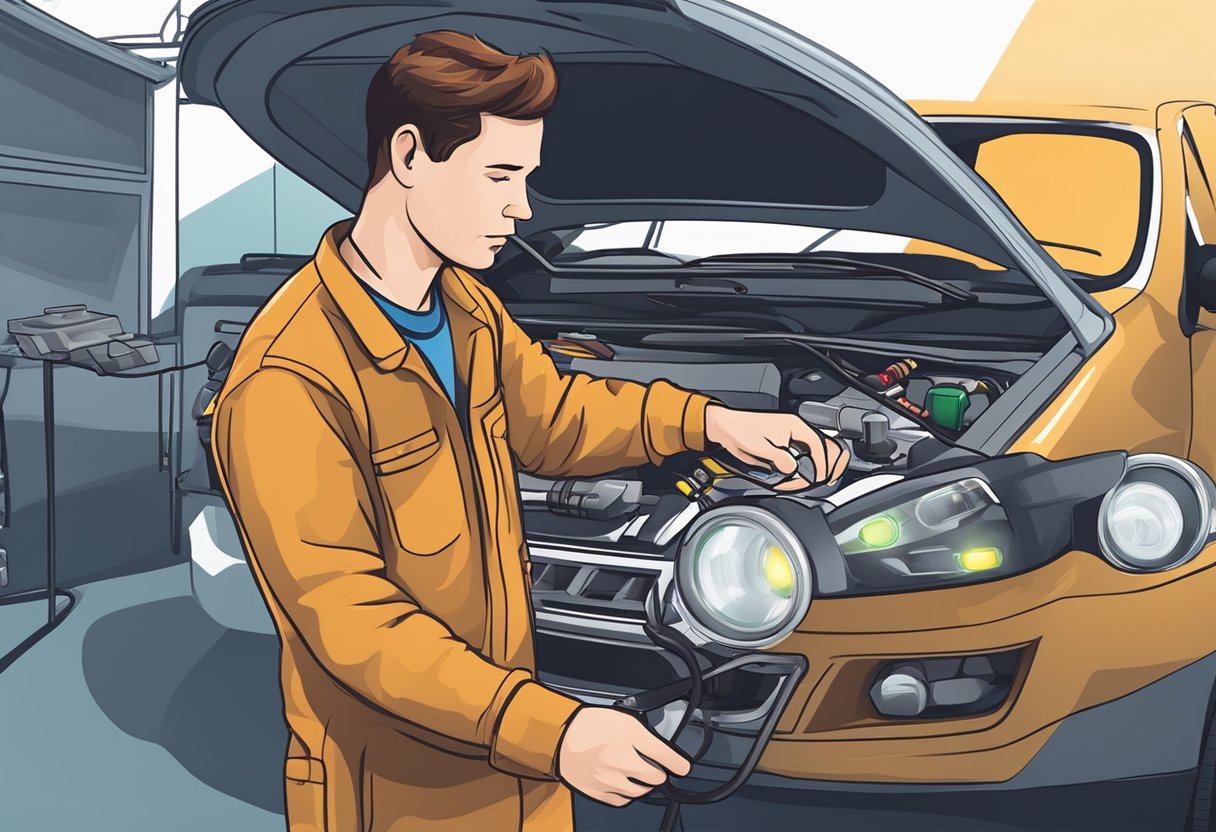



My car’s dashboard lights all came on suddenly while driving and I’m worried about the potential costs involved in fixing it. Can you provide insight into how I might be able to diagnose the issue myself before heading to a mechanic, and what are some common issues that could cause this that might not break the bank to repair?